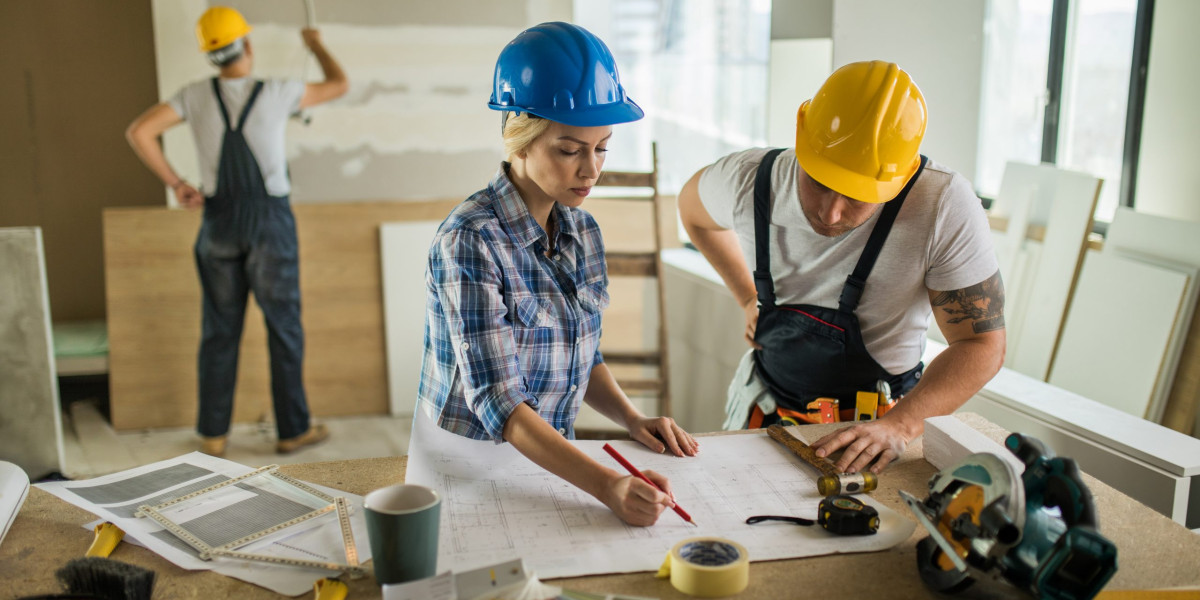Introduction
The world of construction is rapidly evolving, with new technologies and methods continually emerging. Among these innovations, Pre-engineered buildings (PEBs) have emerged as a game-changer, particularly in the industrial and commercial sectors in India. These buildings offer a unique blend of flexibility, cost-effectiveness, and sustainability, making them an ideal choice for modern infrastructure projects.
What Are Pre-Engineered Buildings?
Pre-engineered buildings (PEBs) are structures that are designed and fabricated in a factory and then assembled on-site. Unlike traditional construction, where every component is built from scratch at the location, PEBs are created with pre-designed components that fit together seamlessly. This method not only speeds up the construction process but also ensures higher precision and quality.
The core of a PEB is its steel frame, which is manufactured with exact specifications and standards. This frame is then combined with other pre-engineered components like roof panels, walls, and floors to create a complete structure. The entire process is streamlined, reducing the chances of errors and wastage of materials.
The Rise of Pre-Engineered Buildings in India
India has witnessed a significant increase in the adoption of Pre-Engineered Buildings over the past few decades. The demand for faster, more efficient construction methods has driven industries to explore alternatives to conventional building techniques. This is where PEBs have made their mark, especially in sectors like manufacturing, warehousing, and retail.
The growth of PEBs in India can be attributed to several factors. Firstly, the country's rapid industrialization has created a need for robust and scalable infrastructure. Secondly, the rising costs of construction materials and labor have made PEBs an attractive option due to their cost-effectiveness. Lastly, the push for sustainable construction practices has led to the popularity of PEBs, which are known for their energy efficiency and minimal environmental impact.
One of the key reasons for the growing popularity of pre engineered buildings in India is their ability to be customized to meet specific needs. Whether it's a factory, a warehouse, or a commercial complex, PEBs can be designed to fit the exact requirements of the project, making them a versatile choice for various applications.
Benefits of Pre-Engineered Buildings
1. Speed of Construction
One of the most significant advantages of Pre-engineered buildings is the speed of construction. Since most of the components are fabricated off-site, the on-site assembly process is much quicker compared to traditional construction methods. This rapid construction time is particularly beneficial for businesses that need to start operations quickly or for projects with tight deadlines.
2. Cost-Effectiveness
PEBs are known for their cost-effectiveness. The efficient use of materials, reduced labor costs, and faster construction times all contribute to significant savings. Additionally, the lightweight nature of PEBs reduces the need for heavy foundations, further lowering construction costs. For industries looking to expand or build new facilities, PEBs offer a budget-friendly solution without compromising on quality.
3. Design Flexibility
Pre-engineered buildings offer a high degree of design flexibility. These buildings can be customized to meet the specific needs of a project, whether it's the size, shape, or layout. This flexibility extends to the choice of materials, finishes, and other architectural elements, allowing for creative and functional designs that cater to the unique requirements of the industry.
4. Durability and Strength
PEBs are designed to withstand harsh environmental conditions, making them a durable choice for industrial and commercial applications. The steel frames used in PEBs are strong and resistant to factors like weather, fire, and termites. This durability ensures that the buildings have a long lifespan, providing a reliable infrastructure solution for businesses.
5. Energy Efficiency
Sustainability is a key concern in modern construction, and Pre-Engineered Buildings address this by being highly energy-efficient. The materials used in PEBs, such as insulated panels and reflective roofing, help to maintain indoor temperatures and reduce the need for excessive heating or cooling. This not only lowers energy consumption but also reduces the building's carbon footprint, aligning with global sustainability goals.
6. Ease of Expansion
As businesses grow, the need for additional space often arises. PEBs offer the advantage of easy expansion, allowing companies to scale their infrastructure without the hassle of extensive renovations or new construction. The modular nature of PEBs makes it simple to add new sections or expand existing structures, providing a flexible solution for evolving business needs.

Applications of Pre-Engineered Buildings in India
1. Industrial Sector
In India, Pre-Engineered Buildings (PEBs) are common in the industrial sector. They are used for manufacturing plants, warehouses, and distribution centers. These buildings offer the necessary space for large operations. Their design flexibility allows for specialized equipment and storage. The fast construction time is crucial, especially when time is a key factor.
2. Commercial Spaces
PEBs are also popular in the commercial sector. They are used for retail outlets, shopping malls, and office buildings. PEBs are visually appealing, cost-effective, and energy-efficient. They allow for open, column-free spaces, which can be easily adapted to meet different business needs.
3. Infrastructure Projects
Airports, railway stations, and sports facilities are increasingly using Pre-engineered buildings (PEBs). PEBs are ideal for these projects due to their large spans and open spaces. They provide the needed functionality and capacity. The fast construction time helps to reduce disruptions and keeps projects on schedule.
4. Institutional Buildings
Educational institutions, hospitals, and government buildings are also choosing PEBs. These buildings need durable, long-lasting structures that can handle high usage. PEBs offer that durability. Their design flexibility allows for functional and aesthetically pleasing spaces, meeting the unique needs of these institutions.
Challenges and Considerations
Pre-engineered buildings have many advantages, but they come with challenges. Precise planning and coordination are crucial. Since components are pre-fabricated, design changes or errors can cause delays and increase costs. A clear plan and a skilled team are essential for smooth project execution.
Another challenge is finding skilled labor. The construction of PEBs is straightforward, but workers need to know how to assemble and install pre-fabricated parts. Training the workforce is important to ensure projects are completed efficiently and meet high standards.
The Future of Pre-Engineered Buildings in India
The future of Pre-engineered buildings in India is bright. Growth is expected across various sectors. As more industries see the benefits, PEBs will likely become more common. Advancements in materials and technology will also improve PEBs, making them even more appealing for infrastructure projects.
The government's focus on infrastructure and sustainable construction will drive demand for PEBs. Initiatives like the Smart Cities Mission and Make in India will boost their use in urban and industrial areas. Awareness of environmental sustainability and energy efficiency is rising. Businesses and consumers are becoming more eco-conscious. This will increase the demand for green building solutions like PEBs.
Conclusion
Pre-engineered buildings (PEBs) are transforming construction in India. They offer fast, cost-effective, and sustainable solutions for industrial and commercial needs. PEBs can be customized and expanded, making them ideal for factories, warehouses, malls, and offices.
As the demand for efficient construction grows, PEB manufacturers in India will play a key role in shaping the country's industrial and commercial spaces. With their many benefits and advancements in technology, PEBs will continue to lead in modern infrastructure development.







